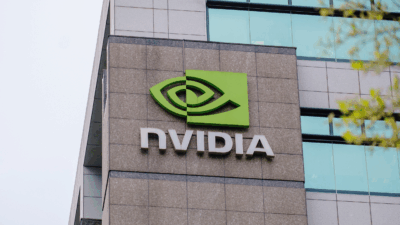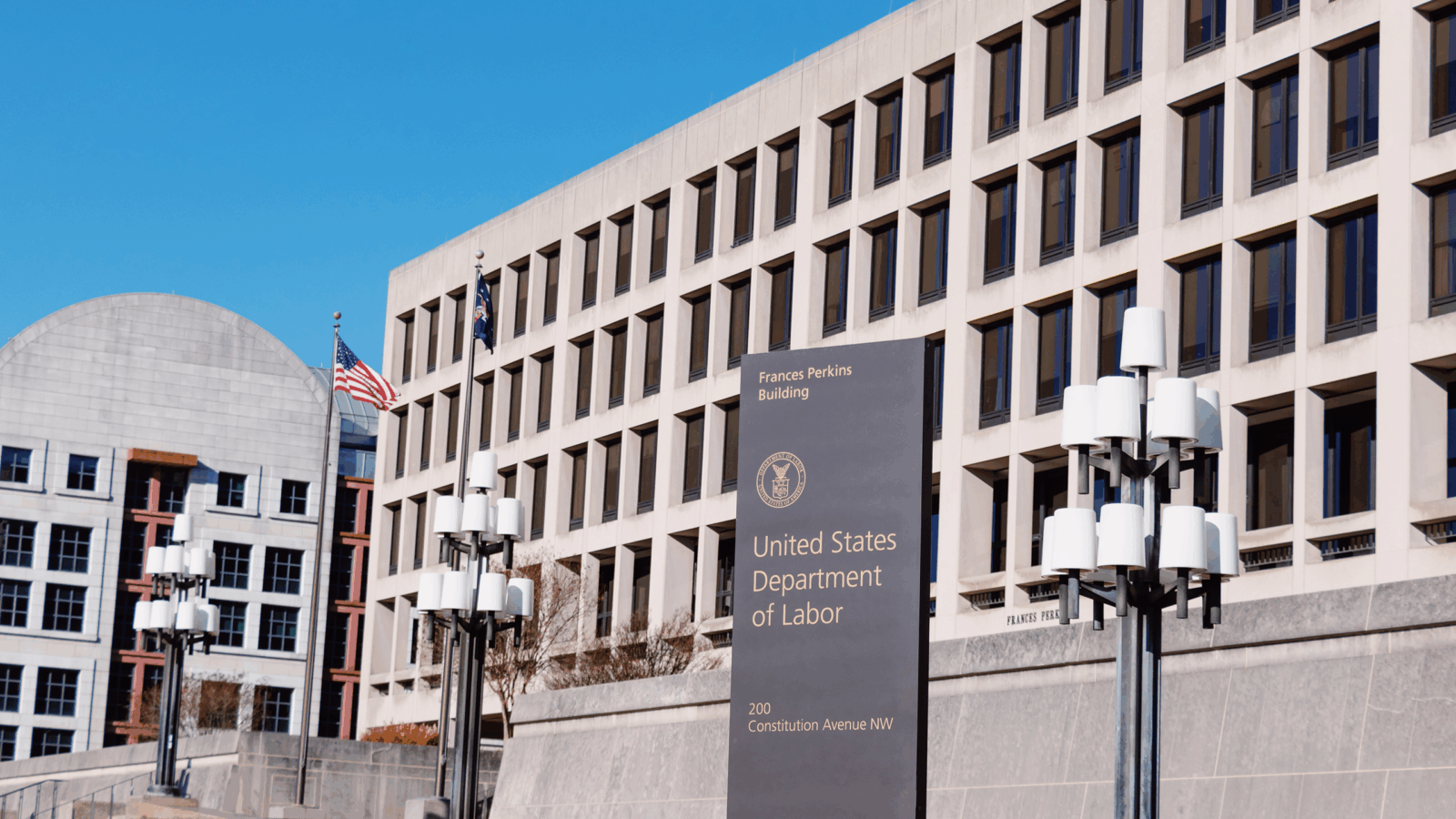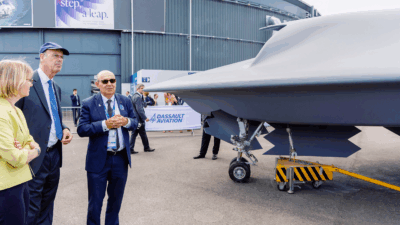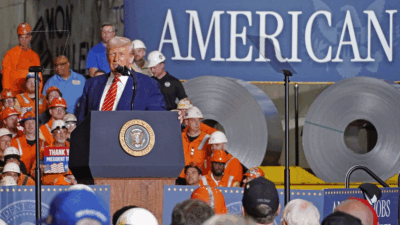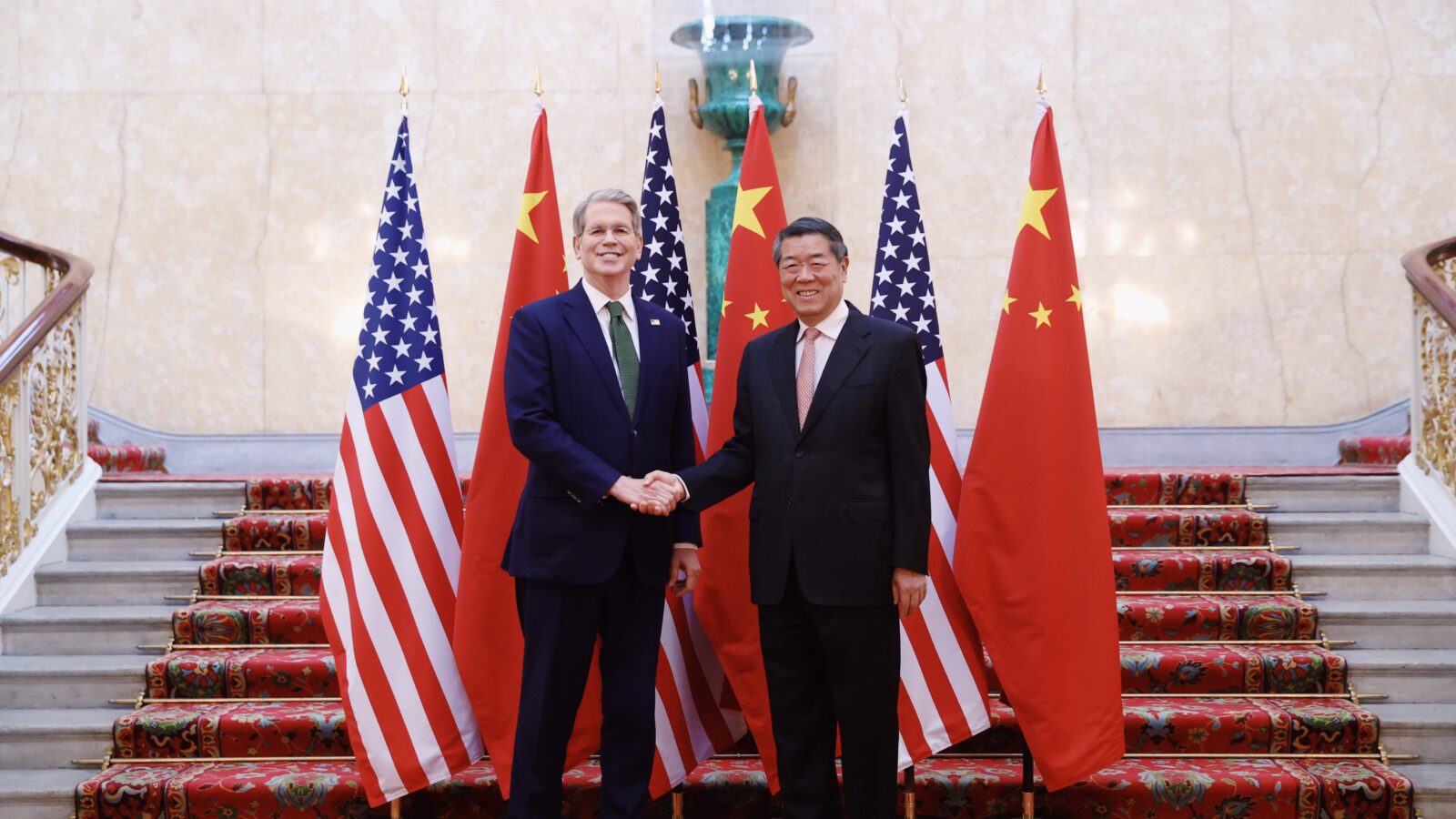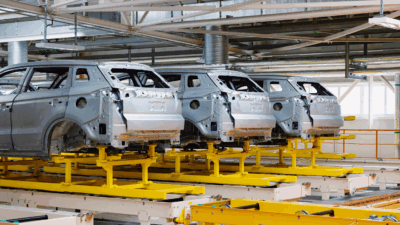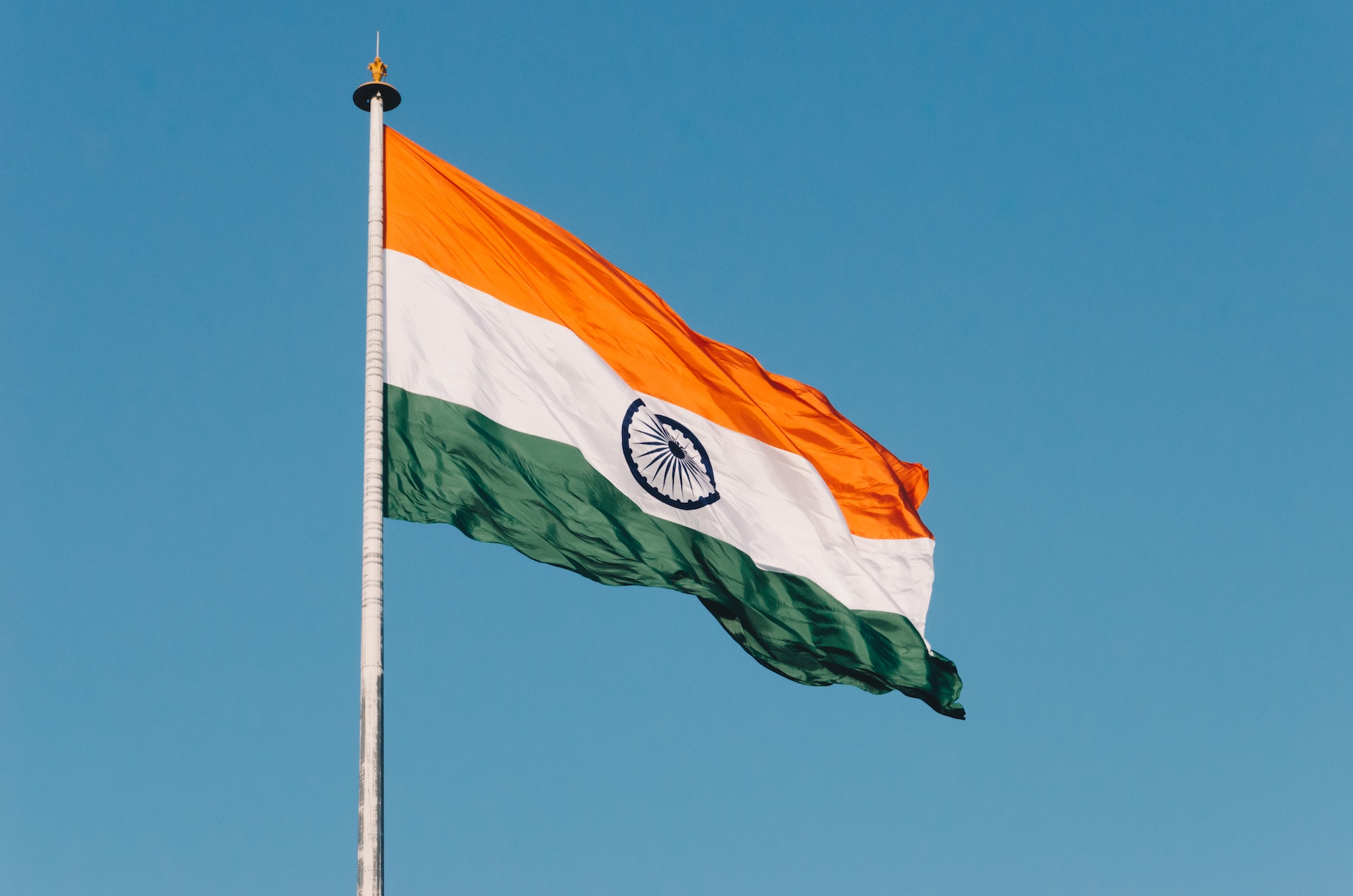
Sign up for smart news, insights, and analysis on the biggest financial stories of the day.
The Biden administration has commenced “Operation Schmooze India” as it looks to become best buds with the South Asian rising economic dynamo.
The objective is twofold: counteract America’s economic dependence on China and influence India to buy fewer weapons from Russia. And from the looks of Indian Prime Minister Narendra Modi’s visit to the White House on Thursday, the plan seems to be off to a good start.
Becoming BFFs
India’s growth has boomed, both in terms of its population and economy. Its headcount recently hit a world-leading 1.4 billion — knocking China out of the top spot for the first time in more than half a century — and its economy has been bolstered by landmark deals from the likes of Apple, Boeing, and Samsung, potentially making it the next big tech and manufacturing hub.
The US and China talk about “decoupling” and toss sanctions and accusations of spying back and forth, but it’s clear the rival nations are rather dependent on one another. The US Department of Commerce reported that both US exports to China and imports from China continued to grow for the third year in a row in 2022, totaling $154 billion and $537 billion, respectively. The US is hoping to offset its deep economic entanglement with China by becoming closer to India, which has surpassed France to become the world’s sixth-largest economy.
And then there is India’s partnership with Russia, its largest arms supplier. Between 2017 and 2022, 31% of Russian weapons exports went to India, according to a study from the Stockholm International Peace Research Institute. Because of its decades-long relationship, India’s military is outfitted with Russian guns, tanks, fighter jets, and helicopters:
- India is set to purchase roughly $3 billion worth of General Atomics’ MQ-9B SeaGaurdian drones from the US. And the countries will jointly produce General Electric F414 engines for India’s next fleet of fighter jets. That’s a big deal as the US would be sharing military tech and schematics with another nation, essentially saying “We trust you.”
- On the tech and manufacturing side, Idaho-based chipmaker Micron is set to start construction on a $2.75 billion semiconductor plant in India sometime this year. The Indian government will fund 50% of the project, 20% will come from the state and Gujarat, and Micro will invest $825 million into it.
One Little Issue, Though: Sure, money and guns make our bifurcating world go round, but India has its own human rights issues that draw scant attention — for now at least. Last year, the International Experts Panel found that Indian authorities have directly and indirectly contributed to human rights violations against Muslims and Christians including denying freedom of expression, wrongful detention, and torture. A senior US official told the Financial Times that Biden would gently broach the topic with Modi but not begin “hectoring, lecturing or scolding” the prime minister. He’ll save that for the Russian arms conversation.

